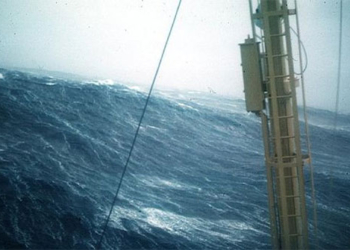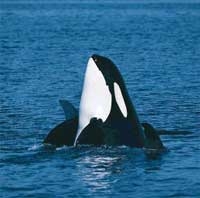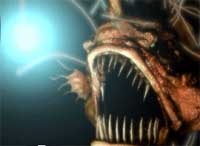Coral reefs are one of nature’s most beautiful gifts. This stunning carbon structure not only enhances the beauty of the ocean but also plays a crucial role in maintaining ecosystem balance. They serve as habitats for many small fish species.
What are Coral Reefs?
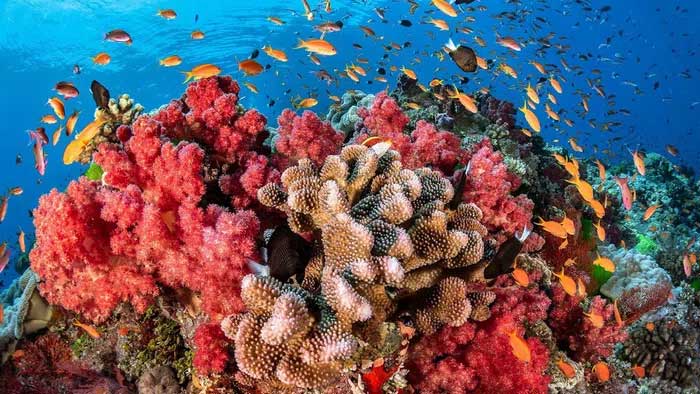
Coral reefs can live for thousands of years. (Photo: National Geographic).
In reality, a single coral is made up of countless tiny animals known as polyps.
Polyps can be as small as a grain of sand or can grow up to 10 inches (over 25 cm) in size. They absorb calcium carbonate from the water and cluster together to form coral reefs.
Since corals are living organisms, they require a food source to survive. Some feed on small fish and plankton, while others consume algae that grow on their outer layer. Corals reproduce by spawning coral eggs.
Coral reefs can live for thousands of years. They are sensitive organisms. Minor factors such as changes in water temperature, excessive exposure to sunlight, or strong waves can kill them. Additionally, corals can also be preyed upon by various other marine creatures.
The Importance of Corals
Coral reefs may only cover a tiny fraction of the ocean floor worldwide. However, nearly 1/4 of marine organisms are protected and nurtured by coral reefs during their early development stages.
Coral reefs also protect coastlines from the impacts of natural disasters and enhance the beauty of underwater landscapes.
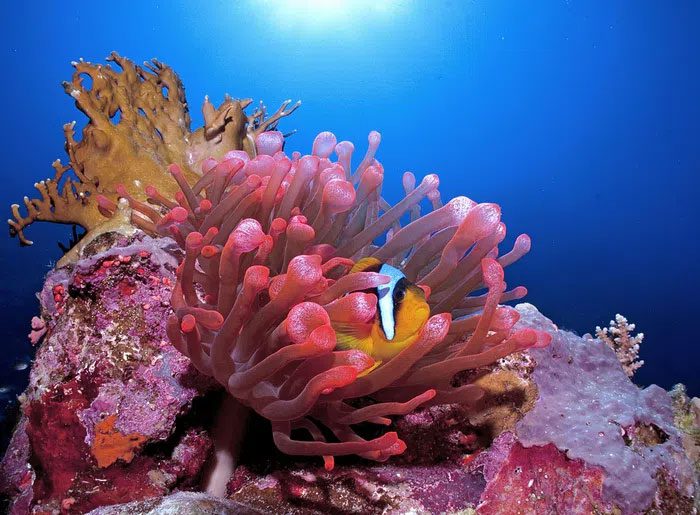
Small temperature changes can cause corals to lose their color. (Photo: International Coral Reef Initiative).
Factors Contributing to Coral Destruction
However, population growth and global warming are significantly impacting coral reefs, leading to alarming levels of degradation. Several factors contribute to their destruction, including:
Overfishing
Overfishing has become a serious issue. Modern fishing techniques not only increase catch yields but also damage coral reefs along the way.
Global Warming
With the overall climate change, oceans are also affected. Small temperature changes can cause corals to lose their color. This external coloration is a sign of healthy corals. Once they start to fade, corals become more susceptible to fish predation and algal destruction.
Underwater Activities
Water sports such as snorkeling and scuba diving have become popular in recent years. Besides the exploration and adventure aspects, many divers simply want to admire the corals. However, divers’ boats can anchor on coral layers, crushing them.
Moreover, tourists can accidentally step on corals during their experiences. Amateur divers, especially beginners, often lack control underwater. Their fins can easily touch corals and affect the growth of these organisms.
Waste
Plastic debris, nets, and other waste floating into the sea are primary factors harming the underwater ecosystem. Besides harming marine life, trash can entangle coral reefs, killing them.
Land Reclamation
To address the growing population issue, people have started land reclamation. This disruption of natural order causes the displacement of essential nutrients needed for coral growth. Such changes can kill corals or deteriorate their health.
What Should Tourists Do?
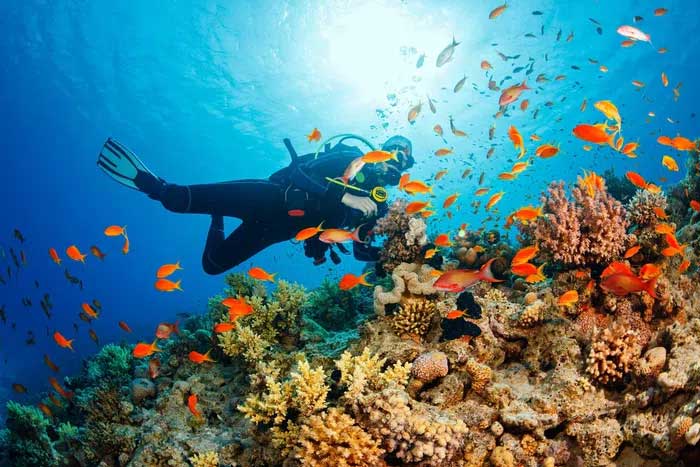
When the membrane is punctured, corals become easily infected. (Photo: Accor Hotels).
Many people believe that corals are made of hard materials and grow abundantly, so they are not easily destroyed. However, this organism is covered by a very thin and fragile membrane that can break upon contact. When the membrane is punctured, corals become susceptible to infection.
Therefore, when diving, you need to pay attention to:
- Avoid contact with or stepping on corals.
- Follow safe diving guidelines and do not venture outside permitted areas.
- Ensure diving equipment (fins, oxygen tanks) do not accidentally touch corals.
- Do not bring small items, especially plastics, as they can fall into the water.
- Do not take a piece of coral home as a souvenir after your trip. Instead, take a photo for memories.
Why are coral reefs around the world gradually disappearing?
“Flying” to escape mackerel and flying fish becomes a tasty bait for seabirds








































